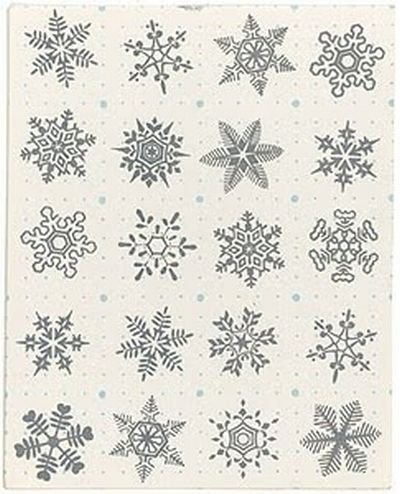|
|
LSD Blotter Paper Art
|
LSD's psychological effects (colloquially called a "trip") vary greatly from person to person, depending on factors such as previous experiences, state of mind and environment, as well as dose strength. They also vary from one trip to another, and even as time passes during a single trip. An LSD trip can have long-term psychoemotional effects; some users cite the LSD experience as causing significant changes in their personality and life perspective. Widely different effects emerge based on what Timothy Leary called set and setting; the "set" being the general mindset of the user, and the "setting" being the physical and social environment in which the drug's effects are experienced. Diablo Valley College Professor Dr. Ken Kesey once told a group of students that LSD changed his life forever after dropping (consuming) acid for the first time, he realized that the intense psychological impact to his brain led the inspiration for his novel One Flew Over the
Cuckoo's Nest.
Some psychological effects may include an experience of radiant colors, objects and surfaces appearing to ripple or "breathe," colored patterns behind the closed eye lids, a distorted sense of time (time seems to be stretching, repeating itself, changing speed or stopping), crawling geometric patterns overlaying walls and other objects, morphing objects, a sense that one's thoughts are spiraling into themselves, loss of a sense of identity or the ego (known as "ego death"), and other powerful psycho-physical reactions. Many users experience a dissolution between themselves and the "outside world". This unitive quality may play a role in the spiritual and religious aspects of LSD. The drug sometimes leads to disintegration or restructuring of the user's historical personality and creates a mental state that some users report allows them to have more choice regarding the nature of their own personality.
|
|









